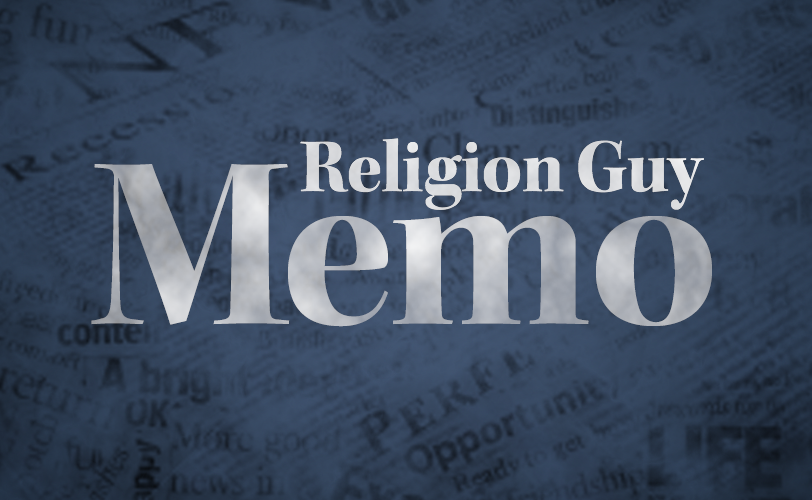
The following assumes that President Donald Trump will be impeached by the Democratic House, kept in office by the Republican Senate and then will appear on the November 2020 ballot.
The key is that are are already some hints of softening support for him in a Public Religion Research Institute survey released October 17.
To be blunt, 27 percent of those who identified as Republican or leaned Republican would prefer a different nominee. Only 39 percent of Americans approved of his job performance as president in this poll, though he did notably better with white (non-Hispanic) Catholics (48 percent) and white mainline Protestants (54 percent) — and of course white (non-minority) evangelicals (77 percent).
Just under three-fourths (73 percent) of Americans wished Trump’s speech and behavior followed the example set by prior presidents and so did 70 percent of all Catholics and 72 percent of white mainline Protestants.
PRRI provoked the usual commentary about why-oh-why all those white evangelical Protestants favor the president. Certain evangelical thinkers fret that association with his embarrassments is damaging the Christian witness for years to come. That’s an important topic for journalism, since evangelicals are the nation’s largest religious bloc.
But just now reporters are necessarily consumed by 2020 and PRRI reports that white evangelicals favor Trump.
Ho hum. They vote for Republicans, period. By Pew Research data, in 2004 they voted 78 percent for the born-again George W. Bush. In 2008 they slipped to 74 percent for the less overtly pious John McCain, who had tangled with “religious right” preachers. In 2012 they went 78 percent for the devout Mitt Romney despite aversion toward his Church of Jesus Christ of Latter-day Saints faith. In 2016 they gave 81 percent to the secularized Donald Trump, a proud vulgarian.
But The Guy keeps emphasizing that white Catholics gave Trump 59 percent support, and similarly for Romney.
Thus, note the longer trend here. General Social Survey data show that back in 1972, the year of the McGovern debacle, a lopsided 66.7 percent of white Catholics identified as Democrats, compared with the current 38 percent. Over the same years, Republican identification zoomed from 21 percent to 45.2 percent.
Reporters: This is a political earthquake. It may continue. A poll from the (left-wing) Data for Progress found 59.7 percent of white Catholics favor Mr. Trump in 2020. That would be a huge, perhaps impossible, challenge for the Democratic nominee.
The GSS and Data for Progress numbers appear in an Oct. 22 Religion News Service must-read on the Catholic factor by political scientist Ryan Burge, who is also an ordained American Baptist Church pastor.
Another important Burge article highlighted a smaller and oft-ignored group of swing voters, white Protestants in more liberal “mainline” churches. He cites a 2018 Cooperative Congressional Election Study showing only six of the 20 largest white Protestant denominations (that include 85 percent of such Americans) have more Democrats than Republicans.
RNS writer Jack Jenkins reminds us of a third potential swing vote to consider, the largely evangelical Protestants who make up nearly a fourth of the Latino community. Or own Terry Mattingly stressed that point in a recent Crossroads podcast.
Burge upsums the Democrats’ dilemma thusly: Do they court the growing number of religiously unaffiliated “nones,” or instead seek “inroads among moderate Christians who have abandoned them in large numbers over the last decade? The answer may decide the 2020 presidential election.”
The Guy offers journalists a related scenario in which Trump’s fate will depend on white Catholics in Florida and the Big Ten states, plus political Independents there and elsewhere.
Yet his White House cultivates only one segment of evangelicals and neglects white Catholics and mainline Protestants, just like it romances the “base” rather than swing-voting Independents. Will this change? Will this matter? Will the religiously tone-deaf Democrats — especially on religious liberty issues — do any better?











